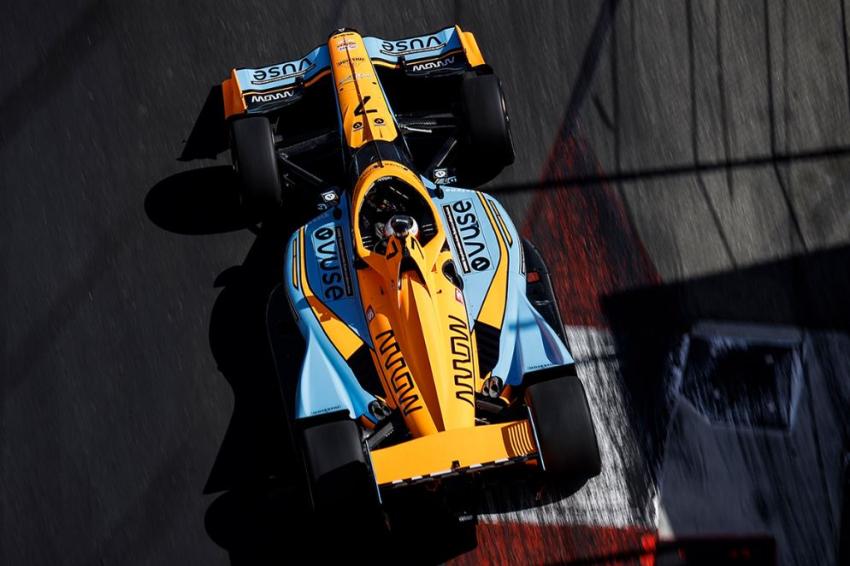Sanofi Teams up with McLaren Racing
Following a successful pilot run in 2021, the now experienced team is extending its collaboration across multiple sites in seven countries, covering more than 100 production lines, across all technologies. Sanofi hopes that working together with the racing company will provide insights and develop best practices for manufacturing that can be implemented across its global industrial network.
The Paris-based pharma major said experts from McLaren will work together with its own Industrial Affairs staff to continue optimizing its manufacturing operations. This, it added, should enable its global network to better support the supply of its broad portfolio, as well as enhancing the delivery of its R&D pipeline.
A quick ”pedal to the metal” may be essential, as the Paris-based company is aiming for 25 new drug launches over the next five years.
McLaren, which took on a similar project with Glaxo SmithKline some years ago, plans to use what Sanofi describes as a “a unique data-driven approach,” leveraging its digital and analytical knowhow to help its partner better anticipate and resolve potential issues before they materialize.
Modeling simulation of production line changeovers and operations will be applied to the pharmaceuticals portfolio, in Sanofi’s words, “to optimize the famed pit stops of Formula 1 races.”
Beyond the technical collaboration, the drugmaker said the project with MacLaren will have a focus on the ”people dimension” of high performance, with a “race-like mindset” emulating the competitive, fast paced environment of F1 racing to help accelerate improvements, learnings and sharing of best practices individually and collectively across sites, fostering a “one Sanofi spirit.”
The idea of tapping the knowhow of manufacturers of fast cars has an earlier precedent. Since the beginning of the new millennium, Porsche Consulting, spun off from the luxury car manufacturer in the 1990s, has been applying its lean management concept to processes in the pharmaceutical and hospital sectors to improve the efficiency of their supply chains.
Author: Dede Williams, Freelance Journalist






